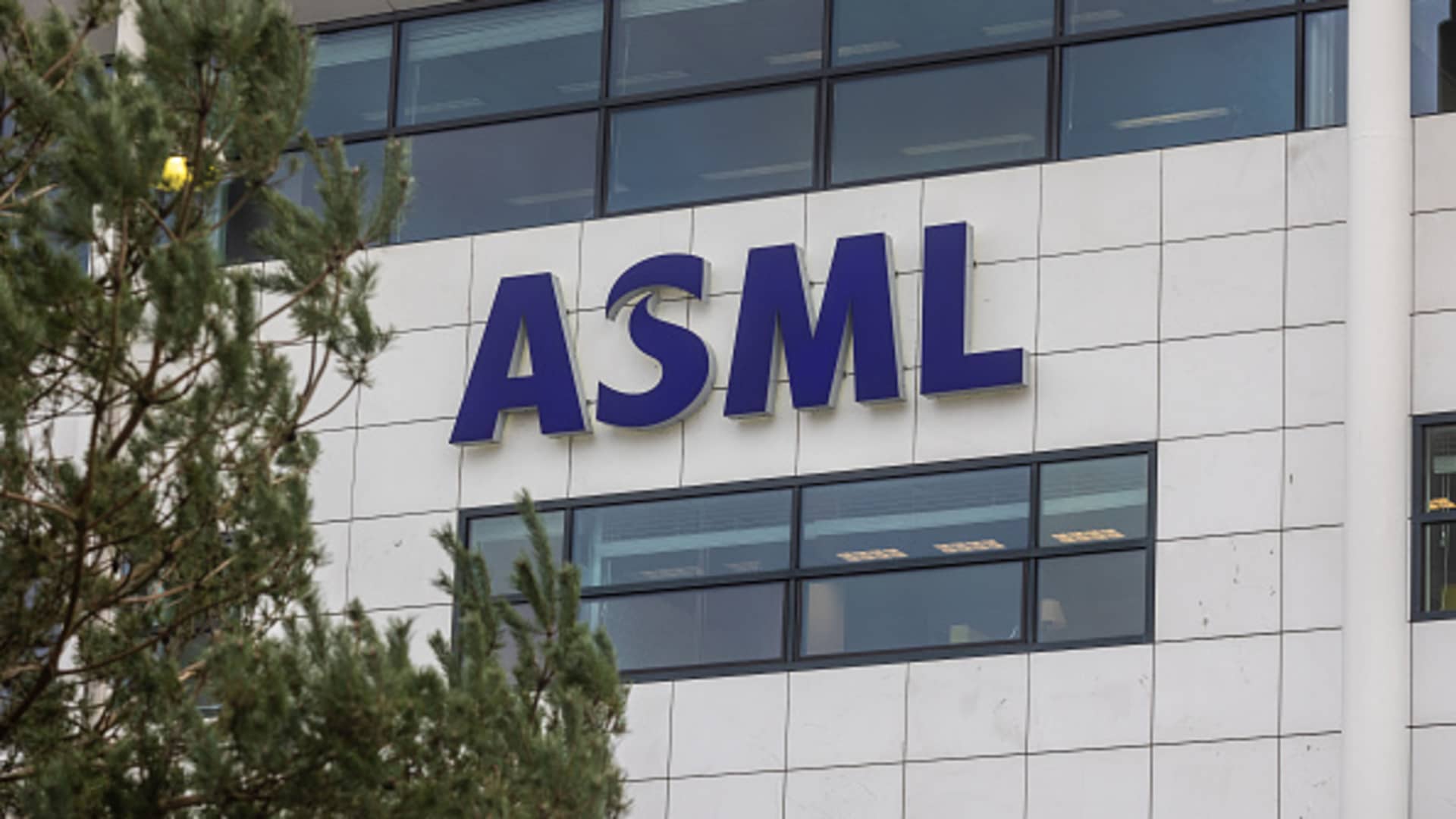ASML’s Fourth-Quarter Surge: Analyzing the Impact on the Chip Industry
ASML, a cornerstone of the semiconductor industry, has recently reported a remarkable surge in its fourth-quarter sales and profits, exceeding market expectations by a considerable margin. This impressive performance not only highlights ASML’s pivotal role in the chip-making supply chain but also raises essential questions regarding the future trajectory of the chip industry. Understanding the factors that have driven this growth is crucial for stakeholders across the technology landscape.
Understanding ASML’s Role in the Semiconductor Sector
ASML, based in the Netherlands, is renowned for its advanced photolithography equipment, particularly the extreme ultraviolet (EUV) lithography machines that are essential for manufacturing the most advanced chips. These machines allow semiconductor manufacturers to produce smaller, more powerful, and energy-efficient chips, which are critical for modern applications ranging from smartphones to supercomputers.
Given the increasing demand for high-performance computing and the proliferation of devices connected to the Internet of Things (IoT), ASML’s technologies are at the forefront of innovation in the semiconductor field. As companies like TSMC, Samsung, and Intel ramp up production to meet growing global demand, ASML’s ability to deliver cutting-edge lithography machines becomes even more vital.
The Impressive Fourth-Quarter Results
In its latest financial report, ASML revealed a significant increase in revenue and profits for the fourth quarter. Key highlights include:
- Revenue Growth: ASML’s revenue for the fourth quarter climbed to €6 billion, marking a 30% increase compared to the same quarter last year.
- Net Profit Surge: The company’s net profit reached €1.7 billion, reflecting a robust profit margin driven by high demand for its EUV machines.
- Strong Order Book: ASML reported a record order backlog of €38 billion, indicating sustained demand for its products well into the coming years.
This surge in performance underscores ASML’s strategic positioning within the semiconductor ecosystem and its ability to capitalize on the growing demand for advanced chip manufacturing technologies.
Factors Driving ASML’s Growth
The fourth-quarter surge can be attributed to several interrelated factors:
1. Rising Demand for Semiconductors
The global semiconductor market is experiencing unprecedented growth, fueled by several trends:
- Digital Transformation: As businesses and consumers increasingly rely on digital technologies, the demand for chips has skyrocketed.
- AI and Machine Learning: The rise of artificial intelligence applications requires powerful processing capabilities, driving demand for advanced chips.
- Automotive Sector Growth: The shift towards electric vehicles and autonomous driving technology is creating a massive demand for semiconductors.
2. Technological Advancements
ASML’s continuous innovation in lithography technology, especially with EUV, has positioned it as an indispensable player in semiconductor manufacturing. The ability to produce smaller, more efficient chips is critical for manufacturers looking to stay competitive.
3. Global Supply Chain Dynamics
Recent global supply chain disruptions have highlighted the importance of semiconductor manufacturing. Governments and companies are investing heavily to secure local supply chains and increase production capabilities, further driving demand for ASML’s equipment.
Implications for the Chip Industry
ASML’s fourth-quarter surge carries significant implications for the broader chip industry:
1. Increased Investment in Semiconductor Fabrication
With ASML’s machines in high demand, semiconductor manufacturers are expected to increase investments in new fabrication facilities. This expansion will likely translate to more job opportunities and technological advancements within the sector.
2. Competitive Landscape
As more players enter the semiconductor market, the competition will intensify. Companies will need to innovate continuously to keep pace with advancements in chip technology, which could lead to new partnerships and collaborations within the industry.
3. Focus on Sustainability
As the chip industry grows, sustainability will become a central focus. Manufacturers will need to address environmental concerns related to semiconductor production, potentially leading to innovations in energy-efficient technologies and greener manufacturing processes.
Future Outlook for ASML and the Semiconductor Industry
Looking ahead, ASML’s outlook remains positive. The company’s strong order book indicates robust demand for its advanced lithography systems, and its commitment to innovation ensures it will continue to lead in the semiconductor space. Analysts predict that ASML’s sales could continue to rise, driven by ongoing investments in semiconductor production and the increasing complexity of chips.
Moreover, as geopolitical tensions influence global supply chains, countries are recognizing the strategic importance of semiconductor production. This realization is likely to lead to enhanced governmental support and incentives for local production, further benefiting ASML and its customers.
Conclusion
ASML’s impressive fourth-quarter surge not only reflects its strong performance but also sheds light on the evolving dynamics of the semiconductor industry. As demand for advanced chips continues to grow, ASML is well-positioned to play a critical role in shaping the future of technology. The implications of its success extend beyond financial metrics, influencing investment decisions, competitive strategies, and sustainability initiatives across the entire semiconductor ecosystem.
In summary, ASML’s fourth-quarter results are a testament to the resilience and potential of the semiconductor industry, highlighting the critical role of advanced manufacturing technologies in driving future growth and innovation.
See more Future Tech Daily

